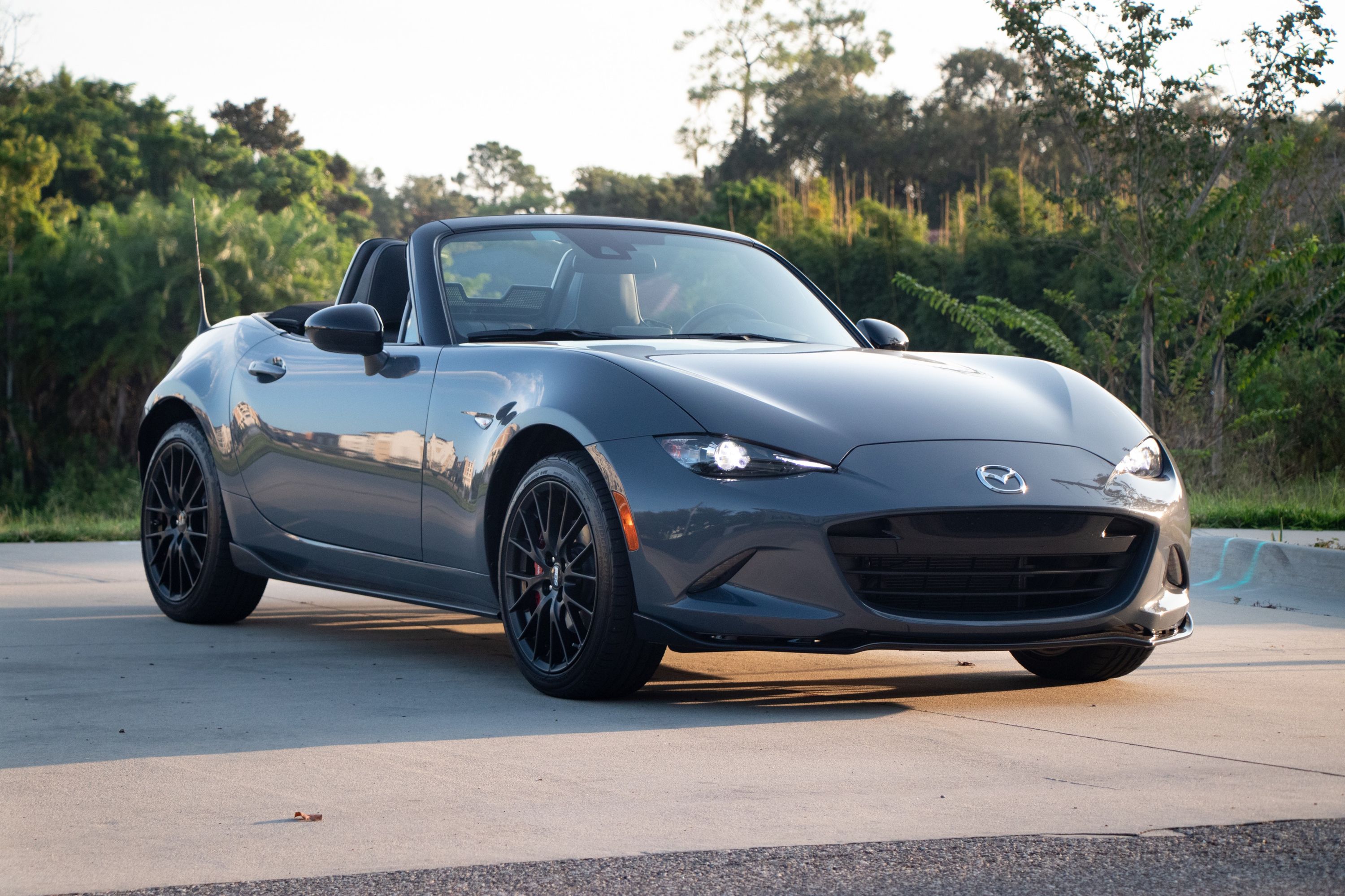
Shunji Tanaka, the chief designer of the original (NA) Mazda MX-5 Miata, has passed away.
The announcement was made on Facebook by a close friend and chairperson of the MX-5 Club Tanaka was a member of, Mr. Katsuyuki Satake. A translation by a fellow enthusiast alerted CarBuzz to the news with a simple statement, "I'm so sorry to announce that Mr. Tanaka, the Chief Designer of NA MX-5 has passed away on Dec. 12th at the age of 75." Apparently, Mr. Tanaka's last words were, "I have no regret in my life."
It's unclear what Tanaka died of, but he was right, not having any regrets. He gave the world the seminal small sports car. The Miata is the Porsche 911 of small sports cars and has a legacy and reputation some manufacturers can only dream of.
It remains the world's best-selling sports car and one of the most affordable ways for automotive enthusiasts to have fun. Mazda may be moving over to hybrid power for the MX-5 in future, but we're sure the fun element will be retained. For now, it remains true to its origins.
Despite being head designer of the Miata, Tanaka did not get as much attention as the lead engineers, Toshihiko Hirai and Takao Kijima. These two men were responsible for making the Miata the epic driving tool, while Tanaka was responsible for the exterior and interior design.
While the Miata certainly deserves praise as a driving tool, the design is as much a part of a very successful and lucrative roadster. Before the Miata came along, the roadster had all but died out. It continued the ethos of British roadsters but rectified their build quality and reliability issues for a complete package like no other.
The NA Miata was such a hit, an entire book was written about it when it turned 25. As you can see, the famous pop-up headlights and smiling face were always a part of the design, inspired by the Lotus Elan.
According to Tanaka, the concept for the Miata was a "Swinging Time Machine." In short, it was a symbol of freedom and meant to provide a thrilling open-top experience that brought the driver closer to nature.
Many people don't know this, but the first concept was designed in California. Mazda approved the project, which sparked the initial design phase. After completing the project, it was shipped to Japan, where a disapproving Tanaka met it.
According to interviews with Tanaka, he thought the design was too Americanized, and there was no way to identify it as a lightweight sports car. He didn't beat around the bush. He also said the US team must have "eaten too much steak and forgotten the delicacy of Japanese cuisine."
You can see the difference between the California concept and Tanaka's clay model in the photos above, with the redesign taking influence from his wife's love of Japanese Noh masks that seemingly change expression depending on the angle they are viewed from. Whether his comments were too harsh or not, history speaks for itself. The NA Miata is a driving and design icon, and Shunji Tanaka was responsible for half of that.
Rest in peace Tanaka-San. Your legacy lives on in the heart of every Miata fan.
